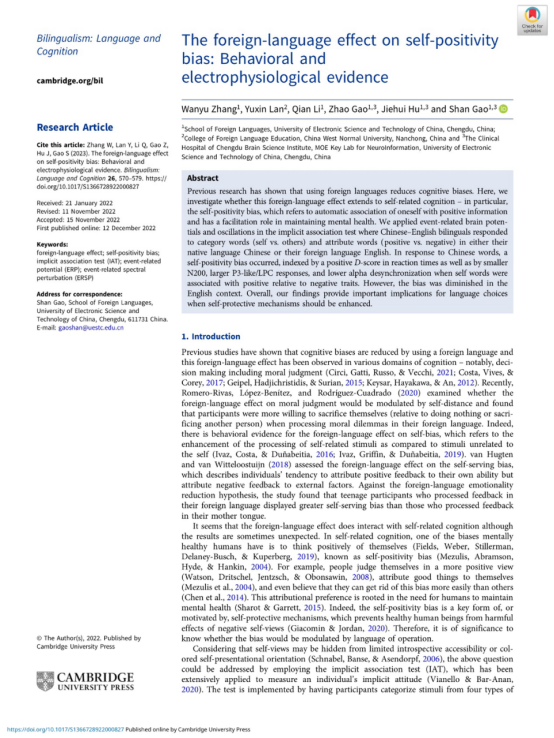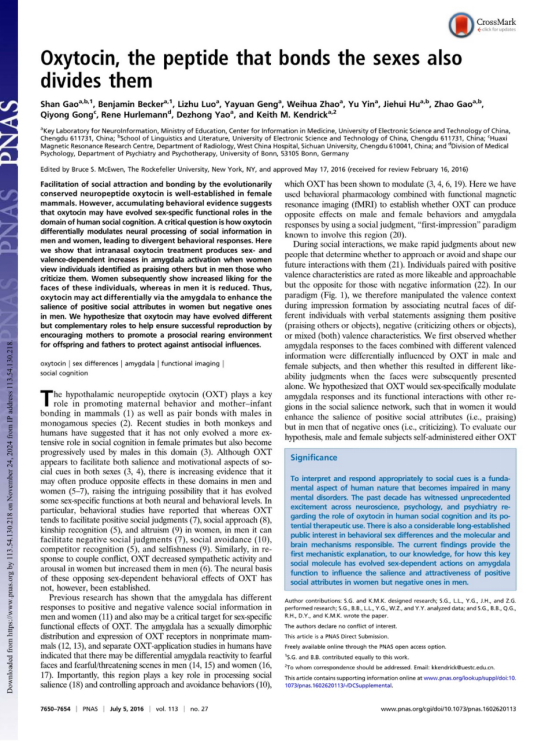Dr. Shan Gao is a professor atAI-HSS and SFL,University of Electronic Science and Technology of China.Her research focuses on interdisciplinary studies of linguistics and cognitive science, with prominent achievements particularly in exploring the neural mechanisms of language in relation to thought, emotion, and social interaction. Employing multimodal research approaches, she integrates behavioral experiments, electroencephalography (EEG/ERP), functional magnetic resonance imaging (fMRI), and functional near-infrared spectroscopy (fNIRS) to investigate the interactive mechanisms between language processing and cognitive activities such as emotion and decision-making.
In recent years, she has led key national research projects including:
The National Natural Science Foundation of China Youth Project: Mechanisms Underlying the foreign Language Effect on Risky Decision: The Role of Emotion.
The National Social Science Foundation of China West Program: Emotional Regulation Mechanisms Underlying L1 Automatic Access in L2 Word Processing.
Her research findings have been published in internationally renowned journals such as PNAS, Journal of Multilingual and Multicultural Development, and Cerebral Cortex.

For example,herteam’sstudy in2023published inBilingualism: Language and Cognition(a top-tier journal in linguistics/psychology) revealsthat foreign language usage modulates self-positivity bias. The researchfindsthat the pronounced self-positivity bias observed in native language (Chinese) contexts disappears in foreign language (English) contexts, providing neuroscientific evidence for language’s influence on cognitive biases.

Additionally, as first author of a paper published in theProceedings of the National Academy of Sciences(PNAS),Gaoused fMRI technology to demonstrate oxytocin’s differential effects on amygdala activation and social cognition in men versus women. This work providesthe first neuroimaging evidence for the gender-specific neural mechanisms of oxytocin, offering critical insights into its therapeutic potential for social cognitive disorders and gender-based differences.